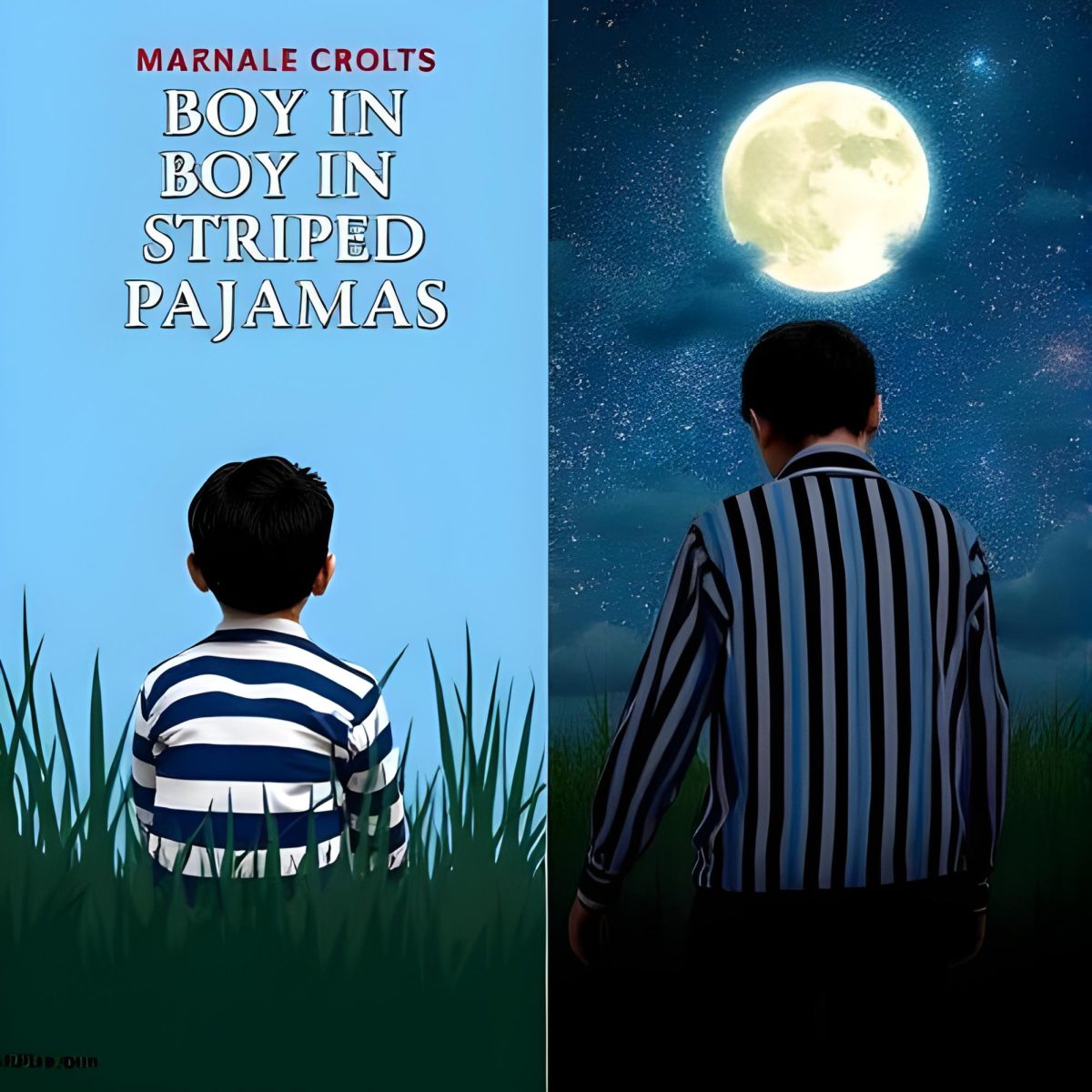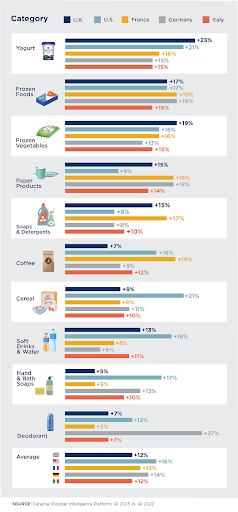The boy in the striped pajamas, written by John Boyne, is a powerful Holocaust novel that shows the friendship between two boys, Bruno, the son of a Nazi commandant, and Shmuel, a Jewish prisoner stuck in a concentration camp. The 2008 film, directed by Mark Herman, brings the emotional story to the big screen. But like most book-to-movie adaptations, some things are similar and different.
The plot follows an innocent 8-year-old boy named Bruno. He and his family moved next door to a concentration camp for his father’s job. Bored and lonely, Bruno wanders near the camp’s fence and meets Shmuel, who is on the other side of the wire wall. Despite living very different lives, they make a secret friendship. The story ends horribly, but highlights the terrors of the Holocaust and the innocence of children being caught up in it.
“I learned that not everyone was accepted,” said Junior Liam Dostie. “I only watched the movie, but it was deep and had a lot of impact.”
The main themes of friendship, innocence, and the impact of discrimination are similar in both versions. However, the book provides readers with greater access to Bruno’s thoughts and confusion about what is happening around him. This internal point of view helps illustrate how little he understands the situation, making it even more heart-wrenching in the end.
One of the most significant differences between the book and the movie is the portrayal of the characters. In the novel, Bruno is shown as more naive and unaware of his surroundings. His misunderstandings, like mistaking Auschwitz for “Out-With,” show how children interpret the world. The movie portrays Bruno as more curious and less clueless, which can change how the audience views it.
Bruno’s sister, Gretel, also undergoes more visible development in the movie. Her growing interest in Nazi propaganda is shown more clearly, which helps underline the danger of being influenced by propaganda.
The movie adds powerful visuals that the book only describes. Seeing the concentration camp, the striped uniforms, and the shocking contrast between Bruno’s world and Shmuel’s makes the story even more real and emotional. On the other hand, the book allows readers to imagine scenes and connect with the story in a personal way.
The ending in both versions is emotional, but people feel like the movie’s ending hits harder as it leaves it in more of a mystery as to what happens next. The book goes into more detail and shows how the family gets affected.
Both the book and the movie versions of The Boy in the Striped Pajamas are emotional and important. While the movie stays true to the heart of the story, the book offers a deeper look with more details. Whether you’re a reader or a viewer, both versions highlight the tragic consequences of hatred and the power of friendship in the darkest times.







